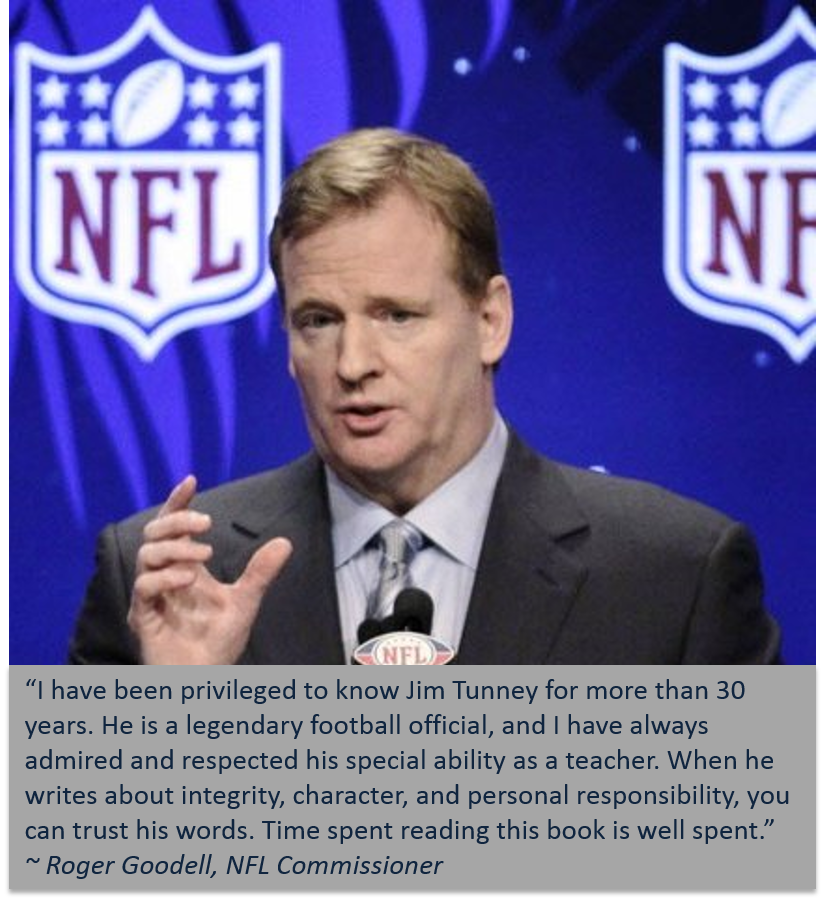After Further Review … It’s a classic irony: For the 2009 College football season, the NCAA instituted a “High Five Walk Through” following a football game, as well as several players from each T.E.A.M., not just the captains, shaking hands at mid-field prior to the coin toss. The NCAA is attempting to create a sportsmanship-among-collegiate-players-image. The effort is well-intended, albeit misdirected, as was the case at the recent Oregon vs. Boise State game.
The irony came about when University of Oregon RB LeGarrette Blount threw a punch that sent Byron Hout, Boise State’s DE, to his knees. Blount delivered that punch immediately following the game as the players met in mid-field to share “pleasantries.” The Ducks lost to the Broncos 19-8.
Expected to be the star performer, Blount didn’t have a good game that night finishing with a minus five yards on 8-carries. The University of Oregon took strong action and suspended Blount for the entire 2009 season. Blount, a senior, said in a tearful statement, that he understands “I made a mistake and have to pay for that mistake!” Some said that his “cheap shot” is “the way the Oregon team was being coached.” I disagree. Blount alone must accept full responsibility.
If you’re going to blame the coach, then it follows you need to blame the University President and so on. When looking for answers as to Blount’s behavior, you need to look deeper. Without placing the blame on anyone but Blount himself, the question becomes: Was he not disciplined early in life? Where and how did he learn responsibility? Did anyone teach him to keep his “cool” (i.e. poise) in heated times? The absence of these behaviors in one’s youth fails to give needed direction when one reaches adulthood.
Further, the hateful behavior of the Bronco’s Byron Hout, the player who “taunted” Blount and “tapped him on the shoulder” should not go unnoticed. What responsibility does the perpetrator, (Hout), have in this matter? Words, however derogatory, should never be an excuse for physical retaliation. Trash talking is often the fuse that sets off fights, riots and the like.
The real issue seems to be: Can we legislate sportsmanship? I think not. Sportsmanship is best taught by example – from parent to child – and from coach/teacher to player/student. Ample situations occur in our lives each day that create important, positive, and meaningful lessons, if attended to
properly.
Will you recognize teachable moments in good sportsmanship?
To learn more about Jim Tunney, or if your organization would like to secure Jim as a speaker, please visit www.tunneysideofsports.com
and click on Jim Tunney
www.twitter.com/jimtunney



